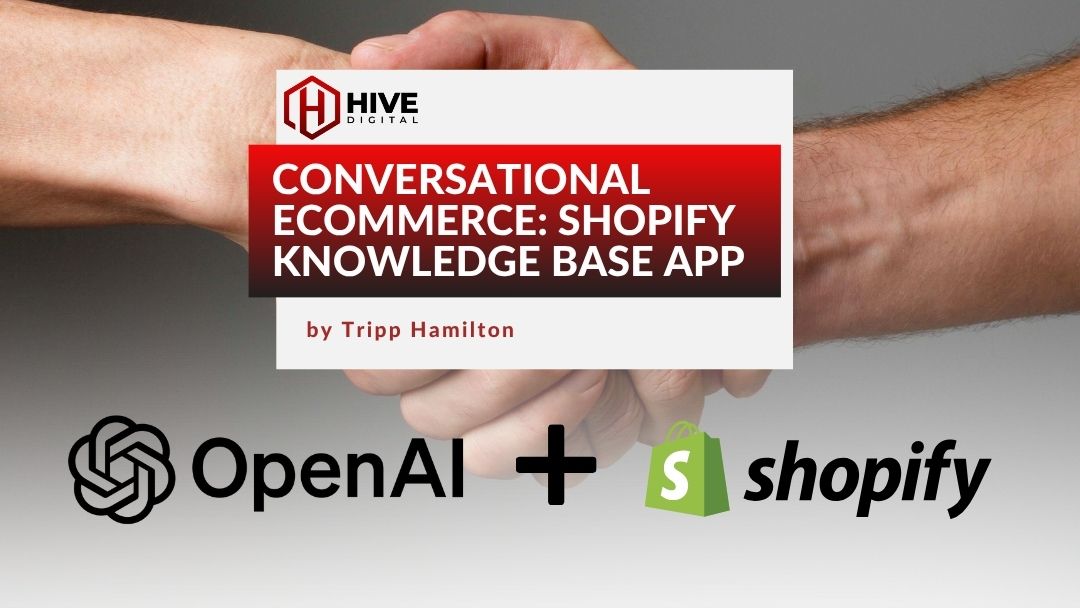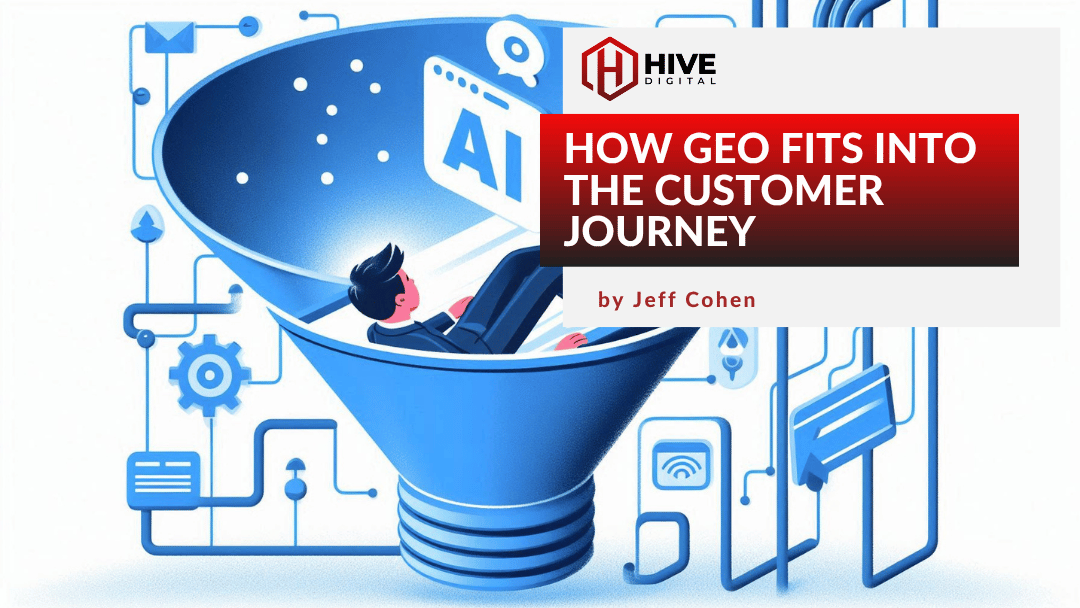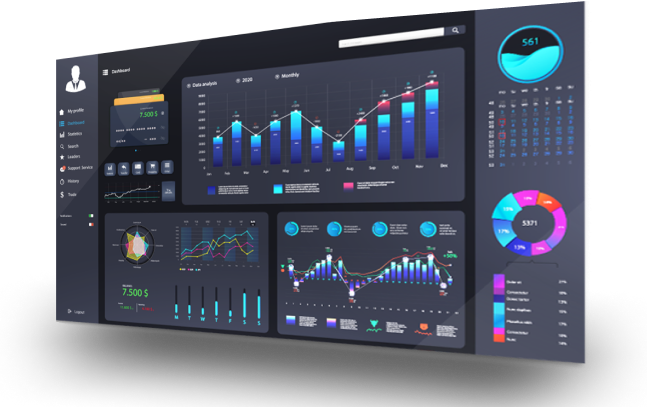🤖 Explore this content with AI: 💬 ChatGPT 🔍 Perplexity 🤖 Claude 🔮 Google AI Mode 🐦 Grok
Maximizing Business Growth with Mixpanel: A Deep Dive into Free Analytics & Product Insights
In today’s data-driven landscape, understanding user behavior and optimizing product performance are essential for sustainable business growth. Whether you’re a startup, an established enterprise, or developing a new digital product, leveraging robust analytics can be the difference between breakthrough success and stagnation. Mixpanel stands out as a powerful platform that not only delivers comprehensive, event-based tracking but also offers a generous free tier—making advanced analytics accessible to businesses of every size.
This article explores the evolution of Mixpanel, its core features, practical applications, implementation best practices, and future growth opportunities. We also compare Mixpanel with other analytics tools like Google Analytics 4 (GA4) to help you decide which solution is best suited for your business needs.
The Evolution of Mixpanel
Originally introduced as a niche product analytics tool, Mixpanel has rapidly evolved into a comprehensive solution that monitors the entire customer journey—from the very first anonymous interaction to long-term customer loyalty. This evolution mirrors the growing complexity of modern user experiences, where businesses no longer rely solely on surface-level metrics.
Mixpanel now addresses a critical need: to understand not just what users do but why they do it. By focusing on event-based data rather than traditional page views, Mixpanel provides insights into specific user actions that can directly inform product strategy, marketing efforts, and overall business operations. Today, the platform is renowned for its real-time analytics, sophisticated user identity management, and robust integration capabilities that allow businesses to connect data from multiple sources into one cohesive view.
Core Features and Capabilities
Event Tracking & Real-Time Analytics
At the heart of Mixpanel is its advanced event tracking system. A simple JavaScript snippet—or integration via tools like Google Tag Manager—captures every meaningful user interaction on your website or within your app. Whether it’s a button click, a page view, or a completed purchase, each event is recorded with a level of granularity that enables deep analysis.
Key Benefits of Event-Based Tracking:
- Granular Insights: Every user action can be enriched with custom properties such as transaction value, product categories, payment methods, and geographic location. This detail provides context to user behavior, making it easier to pinpoint exactly what drives engagement and conversions.
- Real-Time Visibility: Mixpanel processes events in near real-time, typically within 1-3 minutes. This immediacy allows teams to monitor live user behavior, validate marketing campaigns, and quickly respond to any anomalies.
- User Flow Visualization: Visual dashboards depict the various paths users take within your product, revealing the most common conversion routes, potential friction points, and overall user journey dynamics.
By moving beyond traditional pageview tracking, Mixpanel empowers businesses to track nuanced interactions, making it easier to understand the ‘why’ behind the ‘what’ of user actions.
Advanced Segmentation & Funnel Analysis
Mixpanel’s strength lies in its ability to turn raw data into actionable insights through advanced segmentation and funnel analysis. These tools allow you to break down your audience into dynamic cohorts based on behavior, demographics, or any custom property.
Advanced Segmentation:
- Dynamic Cohorts: Automatically updated segments that evolve as user behavior changes. This helps you continuously target the right groups, whether they’re new visitors, active users, or high-value customers.
- Behavioral and Demographic Grouping: Create segments based on specific actions or user attributes to tailor marketing and product strategies that resonate with each group.
- Retention and Churn Analysis: Understand which segments are most likely to stay engaged over time and which ones need targeted interventions to reduce churn.
Funnel Analysis:
- Step-by-Step Conversion Tracking: Map out critical processes such as user signups, product purchases, or feature activations. By examining each step, you can identify where users drop off and why.
- Time-to-Convert Metrics: Measure how long users take to complete key actions. This information can help you optimize user flows to accelerate conversions.
- A/B Testing and Optimization: Experiment with different strategies within your funnels to determine which variants yield the highest conversion rates.
Together, segmentation and funnel analysis provide a detailed roadmap for improving user experience and maximizing conversion rates.
User Identity Management & Data Integration
A distinctive feature of Mixpanel is its sophisticated approach to user identity management. The platform assigns unique identifiers to both anonymous and registered users, ensuring that data from multiple devices and sessions is merged into a single, cohesive profile. This capability is particularly crucial in today’s multi-device world, where users frequently switch between mobile, desktop, and tablet devices.
Data Integration Capabilities:
- Cross-Platform Tracking: Whether your users interact with your brand via web, mobile, or connected devices, Mixpanel consolidates all data points to provide a unified view of the user journey.
- Seamless CRM and Data Warehouse Integrations: Mixpanel connects with popular CRMs (like Salesforce or Zoho) and data warehouses (such as BigQuery and Snowflake), enabling you to enrich your analytics with customer data and historical insights.
- API and Custom Integrations: For organizations with unique requirements, Mixpanel offers robust APIs that allow custom data import and export, ensuring that you can integrate your analytics with any system in your tech stack.
Unlocking Value with the Free Tier
One of the most attractive aspects of Mixpanel is its free tier, which provides enterprise-grade analytics without the hefty price tag. Designed to give businesses a strong starting point, the free tier includes a suite of features that enable robust data tracking and analysis.
Core Features of the Free Tier*:
- 20,000 Monthly Tracked Users (MTU): A generous allowance that caters to the needs of growing businesses.
- 5 years Data Retention: Access to historical data to inform long-term strategic decisions.
- Session Replay (100 Monthly Sessions): Observe real user interactions to identify usability issues and optimize the user experience.
- Flows Visualization and Basic Funnel Analysis: Tools that help you understand and improve user journeys.
- Unlimited Custom Properties and Standard Integrations: Flexibility to tailor analytics to your specific business requirements.
For startups and small businesses, the free tier represents a risk-free opportunity to build a data-driven culture from the ground up. With key features like session replay and advanced segmentation included, even the free version of Mixpanel delivers valuable insights that were once only available to large enterprises with deep pockets.
(*) For the most current information, please visit Mixpanel Pricing Page.
Comparative Advantages: Mixpanel vs. Google Analytics 4 (GA4)
While Google Analytics 4 (GA4) is widely known for its website traffic analysis and marketing attribution, Mixpanel offers distinct advantages that cater more directly to product analytics and user behavior insights.
Mixpanel Advantages:
- Event-Focused and User-Centric Tracking: Instead of relying on session-based metrics, Mixpanel tracks each user action individually, offering a more detailed and actionable picture of user behavior.
- Real-Time Processing and Session Replay: Immediate data processing combined with session replay capabilities allows businesses to validate changes and experiment with new ideas quickly.
- Advanced Cohort Analysis and Funnel Visualization: Built specifically for product teams, these tools help pinpoint exactly where users are succeeding or encountering difficulties.
- Intuitive Interface and Customizability: Designed with product analytics in mind, Mixpanel’s interface is user-friendly, making it easier for non-technical teams to extract valuable insights.
GA4 Advantages:
- Comprehensive Website Traffic Analysis: GA4 provides robust tools for understanding website visits, traffic sources, and user engagement.
- Deeper Marketing Attribution and SEO Insights: With native integrations into the Google ecosystem, GA4 excels at tracking marketing campaigns and improving SEO performance.
- Larger Community and Extensive Documentation: A vast user base and extensive online resources make troubleshooting and learning straightforward.
While GA4 is an excellent tool for marketing and traffic analytics, Mixpanel’s focus on detailed event tracking and product-specific insights makes it particularly valuable for businesses looking to enhance user experience and optimize product performance.
Practical Applications
Mixpanel’s advanced analytics empower marketing agencies to unlock actionable insights that drive improved customer experiences and higher conversion rates. Here’s how leading organizations leverage Mixpanel for strategic growth:
Form Optimization:
Effective lead capture and conversion begin with optimized forms. Mixpanel helps agencies:
- Monitor Step Completion Rates: Gain granular insights into how users progress through multi-step forms. Identify the specific stages where prospects drop off and determine whether additional guidance or simplification is needed.
- Analyze Field Validation Impact: Understand if error messages or validation rules are causing frustration. By tracking validation errors, agencies can refine form fields to reduce friction and improve user experience.
- Track Error Frequencies: Identify common issues that lead to incomplete submissions. Frequent errors in particular fields may signal usability issues or technical glitches that need immediate attention.
- Measure Completion Times: Assess how long users spend on each form section. This data highlights potential bottlenecks and opportunities to streamline the process, ultimately boosting conversion rates and lead quality.
By optimizing forms using data-driven insights, marketing agencies can significantly improve conversion rates, enhance user satisfaction, and ultimately increase the return on investment for digital campaigns.
User Journey Analysis:
Understanding the complete user journey is crucial for crafting personalized marketing strategies. Mixpanel’s robust user journey analysis allows agencies to:
- Track Navigation Patterns: Visualize the paths users take through websites or apps. Identify the most common sequences of interactions and uncover any unanticipated navigation trends.
- Monitor Feature Adoption: Determine which product features or content types resonate best with your audience. This insight is vital for optimizing product design and prioritizing high-impact improvements.
- Analyze Content Engagement: Dive deep into how users interact with various content pieces. Recognize which topics, formats, or calls-to-action drive the most engagement, and tailor your content strategy accordingly.
- Identify Optimization Opportunities: Uncover friction points and inefficiencies in the user experience. With precise journey mapping, agencies can design targeted interventions to enhance user retention and satisfaction.
By thoroughly analyzing the user journey, marketing teams can create highly personalized experiences that boost engagement, nurture leads, and foster long-term loyalty.
Marketing Attribution:
Accurate marketing attribution is essential for optimizing campaign performance and maximizing ROI. Mixpanel equips agencies with the tools to:
- Track Campaign Performance: Monitor real-time data on how each marketing channel contributes to conversions. Understand the effectiveness of campaigns across social media, email, PPC, and more.
- Analyze Channel Effectiveness: Compare performance metrics across different channels to see which ones deliver the best results. This analysis enables smarter budget allocation and resource planning.
- Calculate ROI: Precisely measure the return on investment for each campaign by linking user behavior directly to marketing efforts. Clear attribution insights help justify marketing spend and identify high-value initiatives.
- Understand Conversion Paths: Map out the entire conversion journey—from the first touchpoint to final purchase. Recognize the critical interactions that lead to successful conversions, and refine strategies to replicate those successes.
With robust attribution capabilities, marketing agencies can align their efforts with business outcomes, ensuring every dollar spent drives measurable value and supports sustainable growth.
By leveraging Mixpanel’s data-rich insights in these key areas, agencies not only optimize user experiences and drive conversions but also create a competitive edge in an increasingly data-driven marketplace.
Implementation Best Practices
Success with Mixpanel hinges on a thoughtful and strategic implementation process. Here are some best practices to help you get started and ensure that you extract maximum value from the platform:
Define Clear Goals and Key Metrics
Before you start tracking data, define what success looks like for your business. Are you aiming to improve user retention, increase conversion rates, or optimize a specific feature? Identify the key events and user properties that will help you measure these goals.
Develop a Cohesive Event Naming Strategy
- Standardize Event Names: Use broad event names and rely on custom properties for specificity. For example, rather than creating separate events for each page view, use a unified “page_view” event with properties that define the page type.
- Avoid Event Proliferation: Too many granular events can clutter your data and make analysis difficult. Keep your event taxonomy clean and simple.
Plan Your Data Structure and Integration
- Map Out User Journeys: Clearly document the user flows that you want to track. This will help you set up funnels and segmentation accurately.
- Integrate Across Platforms: Ensure that your tracking is consistent across web, mobile, and other connected devices. Utilize Mixpanel’s integrations with CRM systems and data warehouses to consolidate your data for a holistic view.
- Implement Data Validation: Regularly monitor your data for accuracy. Mixpanel offers automatic validation features and duplicate event detection to help maintain data quality.
Monitor, Analyze, and Optimize
- Real-Time Dashboards: Take full advantage of Mixpanel’s real-time analytics to monitor live data and quickly identify trends or issues.
- Regular Reporting: Establish a routine for reviewing key metrics and funnel performance. Use these insights to inform strategic decisions and iterate on your user experience.
- Experimentation and A/B Testing: Leverage Mixpanel’s funnel analysis to experiment with different user flows. Identify bottlenecks and test alternative approaches to improve conversion rates continuously.
Overcoming Challenges and Looking to the Future
While Mixpanel offers powerful insights, successful implementation can sometimes present challenges. Common issues include data integration inconsistencies, event naming complexities, and ensuring data accuracy. Addressing these challenges requires ongoing monitoring and a willingness to adapt your strategy.
Addressing Common Pitfalls:
- Data Silos: Integrate all your data sources early in the implementation phase. This ensures that you have a unified view of the user journey and can make informed decisions based on complete information.
- Complex Event Taxonomies: Simplify your event names and focus on key user actions. Use custom properties to add depth without cluttering your overall data structure.
- Ensuring Data Quality: Regularly review your data streams using Mixpanel’s validation tools. Establish automated checks and manual reviews to catch discrepancies before they impact your analysis.
Conclusion
Mixpanel’s evolution from a simple product analytics tool to a comprehensive data insights platform underscores the growing importance of understanding user behavior at a granular level. With its robust event tracking, advanced segmentation, and real-time analytics, Mixpanel empowers businesses to make informed decisions that drive product improvements and overall growth.
The platform’s free tier is particularly noteworthy, as it allows businesses of all sizes to begin their analytics journey without significant upfront costs. With features like 20,000 monthly tracked users, 5 years data retention, session replay, and detailed funnel analysis, the free version provides substantial value that rivals many paid alternatives.
Whether you’re optimizing an e-commerce checkout, improving a SaaS onboarding process, or simply trying to understand how users interact with your content, Mixpanel offers the tools and insights needed to succeed. By following best practices in implementation and continuously iterating based on data, you can transform your analytics strategy into a powerful engine for business growth.
Key Takeaways:
- Comprehensive Insights: Mixpanel’s event-based tracking and real-time analytics provide a detailed view of user behavior that goes beyond traditional pageview metrics.
- Flexible and Scalable: With features ranging from advanced segmentation to robust integration capabilities, Mixpanel grows with your business needs.
- Cost-Effective Entry Point: The free tier offers enterprise-grade analytics, making it accessible for startups and small businesses looking to adopt a data-driven approach.
- Actionable Data: Tools like session replay, funnel analysis, and cohort segmentation empower teams to identify friction points, optimize user flows, and enhance overall user experience.
If you’re ready to harness the power of data to drive your business forward, Mixpanel is an excellent platform to consider. Its blend of robust features, user-centric design, and scalability makes it a cornerstone for any data-driven strategy.
Ready to unlock powerful insights and drive smarter decisions with Mixpanel’s free analytics? Contact the Hive Digital Team today to learn how our custom integrations can seamlessly empower your workflow with real-time tracking, advanced segmentation, and conversion funnel analysis for unstoppable growth.










